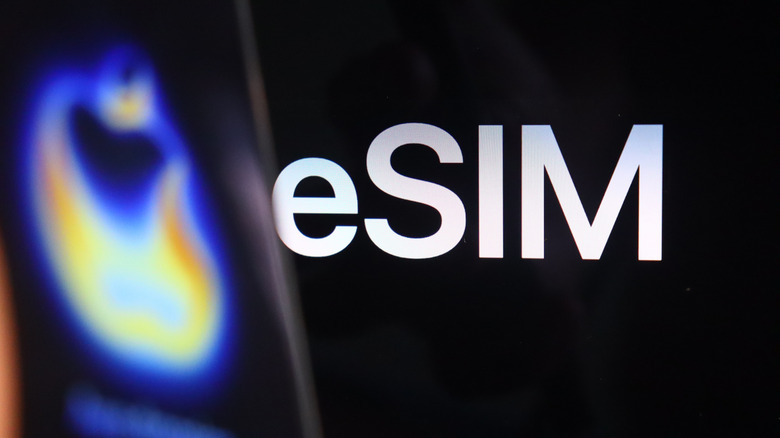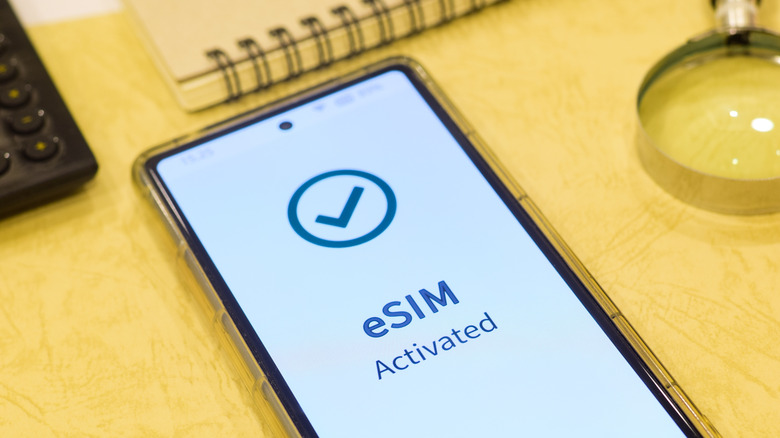Travelers Can Skip SIM Cards Forever Thanks To Apple's Sleek New iPhone Air With Global eSIM Support
There's nothing worse than landing in a foreign country after a red-eye flight and realizing that your phone no longer works. Previously, you've had two options: Opt for your phone provider's overpriced international plan for a week, or buy a regional SIM card. For years, though, eSIMs have made traveling easier, allowing some smartphone users to switch to a local provider and tap into a new network without the hassle of switching out physical cards.
Apple's newest iPhone Air is eSIM only, the most recent eSIM-exclusive phone the company has produced since the iPhone 14 in 2022. iPhone Air users can't even remove a SIM card and put a new one in if they wanted to. So what does this mean for travelers? Mostly, a whole lot less headache. In the old days, you would have to keep track of your tiny American SIM card, which was about the size of a fingernail and entirely too easy to lose, and use a purpose-built tool to open the SIM card hatch and swap out the cards. It was a mistake-prone system, but as eSIMs are becoming more popular, physical SIM cards are being phased out completely.
Luckily for travelers, eSIMs are supported by all major U.S. carriers, including Verizon, AT&T, and T-Mobile, as well as over 500 service providers worldwide. In addition to just being easier to use, this also adds a security advantage, as no one can remove or steal your physical SIM card if your device has an eSIM. Travel SIM cards can now be set up with a few clicks of a button and no fumbling. To install an eSIM, you'll now have the option to do so in person or online before or during your trip.
How to use an eSIM while you're abroad
Several apps allow you to complete the eSIM process on your own. Some popular eSIM apps in Europe include Holafly and Airalo. These apps only work if your phone has eSIM capabilities, and they're an alternative to buying a physical SIM card when you land. Some phones, like the iPhone 12, can use either a physical SIM card or an eSIM, which can be used simultaneously with your physical SIM card. All Apple phones after the iPhone 11 have dual SIM capabilities. If your phone is eSIM only, newer iPhone generations can support two eSIMs at a time. Vodafone also has eSIM plans and has storefronts in European cities, should you need help during your trip. In Europe, prices can vary for a travel eSIM from $5 for a week with limited data to around $70 for 90 days at the time of writing. You can always opt to use your data roaming instead of an eSIM, but you might want to consult Rick Steves' tips for using data roaming safely and smartly abroad.
If you forgot to set up your eSIM before traveling, you can always go to a local kiosk in the airport at your destination. You can pay in-country to get connected to a local network via eSIM. While this process is much easier than it used to be, airport kiosks will undoubtedly overcharge you. If you're using an eSIM while traveling within the European Union, your eSIM will work even if you're traveling between countries. Phone plans often last for up to a month, so if you're traveling for longer, you will need to renew your plan (or opt for a longer 90-day plan), which will likely be cheaper than your home carrier's international plan.

